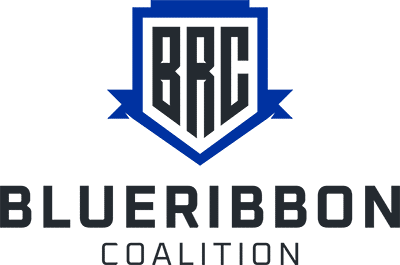On January 15, 2025, the U.S. Fish and Wildlife Service (FWS) proposed a rule to update how grizzly bears are listed and protected under the Endangered Species Act (ESA) in the lower 48 states. This proposal aims to revise the current listing by identifying four Distinct Population Segments (DPSs), each with its own status under the ESA. A 12 month study on the Northern Continental Divide grizzly and the Greater Yellowstone grizzly showed that the populations have recovered and don’t meet ESA standards anymore. However, under the proposal these populations will still be listed as threatened and the rule will change specific management directives in these different areas.
- Northern Continental Divide Ecosystem (NCDE) – Proposed as threatened
- Greater Yellowstone Ecosystem (GYE) – Proposed as threatened
- North Cascades Ecosystem – Proposed as endangered
- All other populations – Proposed as endangered
FWS is clarifying the exact geographic areas where protections apply, based on where grizzly bear populations live or may recover in the future. This includes all of Washington state and parts of Idaho, Montana, and Wyoming.
The proposal is not to remove grizzly bears from ESA protections entirely.
FWS justifies this approach by noting that grizzly bear populations face different levels of recovery and threats depending on the ecosystem they inhabit. The agency is also reopening the comment periods on two earlier petitions to delist the NCDE and GYE populations, in light of this new proposed structure.
- Grizzly bears in the GYE and NCDE have met recovery goals but will still be listed as threatened.
- Grizzlies in other regions remain listed as endangered.
- The rule defines and tailors protections based on population-specific conditions.
- Protections under the ESA will remain in place throughout the lower 48 states.
How all of this will play out on the ground is still unsure. Based off of previous Grizzly Bear protections, it is likely this will be weaponized even more so against the motorized community.
Grizzly Bear Listing and Public Land Access Restrictions
Since its original listing as a threatened species under the Endangered Species Act (ESA) in 1975, the grizzly bear has frequently been at the center of legal and regulatory decisions that restrict motorized access and close roads on public lands. The ESA requires federal agencies to avoid actions that could “jeopardize the continued existence” of listed species or “adversely modify” their critical habitat or even potential habitat, which has often been interpreted to limit human disturbance, especially from roads and recreation.
The Weaponization of the Grizzly Bear Listing:
For decades the Endangered Species Act has been manipulated and used as a tool to achieve political agendas to remove or restrict human access on public lands. Below are 4 examples of how the listing of the Grizzly Bear has affected roads and access on public lands ultimately showing us why the species needs to be delisted according to the current data that shows these species no longer warrant ESA protections.
- Greater Yellowstone Coalition v. Servheen, 665 F.3d 1015 (9th Cir. 2011)
This case involved the 2007 attempt by the U.S. Fish and Wildlife Service (FWS) to delist the grizzly bear in the Greater Yellowstone Ecosystem (GYE). The court ultimately reinstated ESA protections, in part due to habitat threats. During this litigation and related ESA consultations, agencies cited roads and motorized use as significant threats to grizzlies, contributing to increased road density restrictions and closures on Forest Service lands in the GYE. - WildEarth Guardians v. U.S. Forest Service, 120 F. Supp. 3d 1237 (D. Mont. 2015)
In this case, environmental groups challenged the U.S. Forest Service’s travel management decisions in the Kootenai and Lolo National Forests, arguing that the agency failed to comply with road density standards required to protect grizzly bears. The court ruled in favor of the plaintiffs, reinforcing that agencies must rigorously enforce road closure and motorized use restrictions in occupied grizzly habitat. - Alliance for the Wild Rockies v. Bradford, 864 F. Supp. 2d 1011 (D. Mont. 2012)
Here, the court halted a logging and road construction project in the Helena National Forest due to concerns over impacts to grizzly bears, citing road density thresholds and the need to minimize disturbance. - Road Density Standards in Forest Plans
Across multiple National Forests within grizzly bear recovery zones—especially in the Northern Continental Divide Ecosystem (NCDE)—forest plans have incorporated Open Motorized Route Density (OMRD) and Total Motorized Route Density (TMRD) standards to comply with ESA requirements. These have been used to decommission roads, prohibit new motorized routes, and limit seasonal access in occupied or recovery habitat.
Next Steps:
Grizzly bear ESA protections based on agenda-driven “science” have been repeatedly used as legal and policy justification for closing roads, reducing motorized access, and restricting recreational and resource use on public lands. These restrictions are often implemented through travel management plans, forest plan amendments, and ESA Section 7 consultations, especially in grizzly recovery zones.
Use the form below to submit a comment to celebrate the recovery of Grizzly Bear populations by supporting delisting the Grizzly Bear. Comments are accepted through May 16, 2025.




